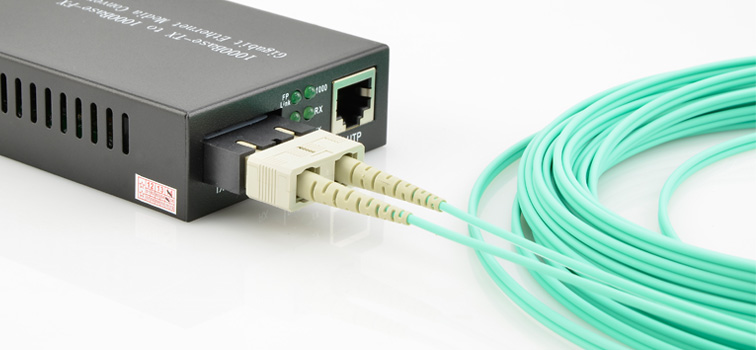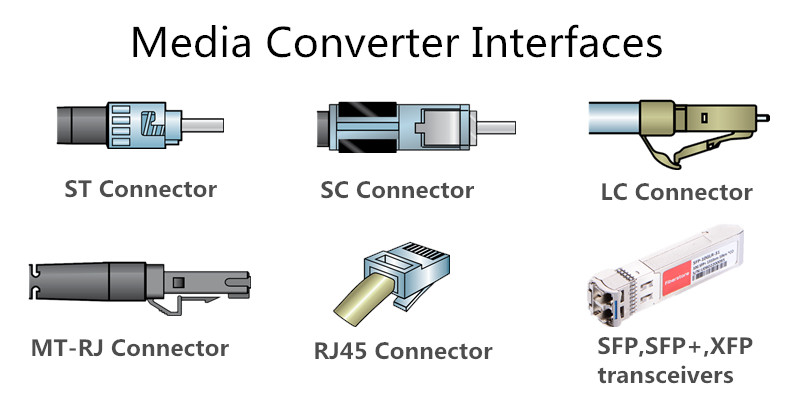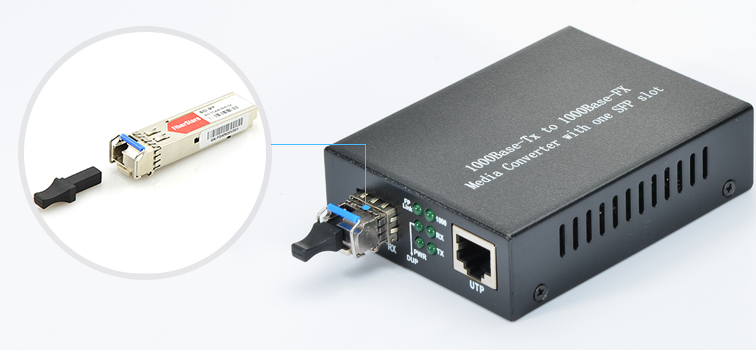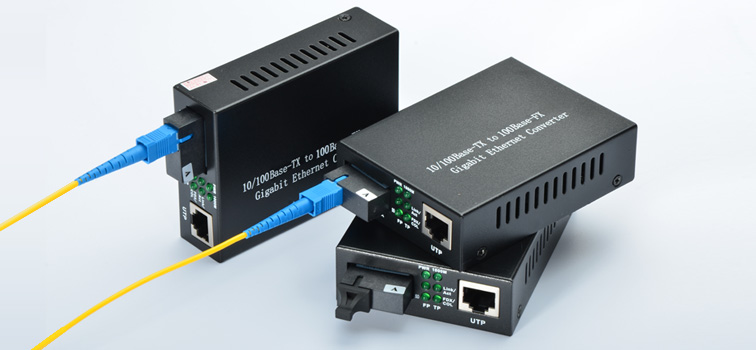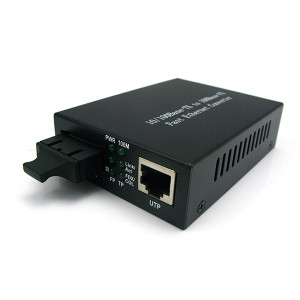Fiber media converter is a simple but useful devices that can provide conversion between fiber optic and other types of media. The most common use of fiber media converter is transmission between fiber and copper to extend the network or introduce fiber optic cabling to a copper based network. As these devices can be installed almost everywhere in the network and it is affordable, they are also being designated for many other applications. Various types of fiber media converters are provided in the market, people easily get confused during selecting the best ones for their projects. In this post, the fiber media converter selecting guide will be offered for your references.
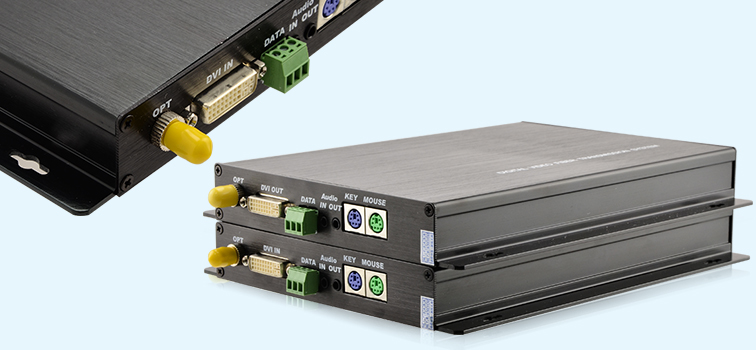
To select the right fiber media converters for your project, many elements should be considered. You should firstly consider where you want to use fiber media converters and how to use them. Then, You should know the functions and characters of fiber media converters. The following will list some important factors that should be considered during fiber media converters selection.
Data Rate: the speed of the devices that fiber media converter is to connect to should be firstly considered. The most commonly used are 10/100Mpbs, 10/100/1000Mpbs, 1000Mpbs.
Fiber Type: which two different types of transmission medias should be converted between each other? For example, fiber optic to copper, single-mode fiber optic to multimode fiber optic, dual strand or single strand, etc.
Wavelength: to add the fiber media converters to a fiber optic network, the wavelength that the signal should be specified to the network and the devices.
Port Type and Port Number: fiber media converter also have various port type. The most commonly used types for fiber optic on the fiber media converters are ST, SC and SFP. The number of the power should depend on the applications.
Transmission Distance: the transmission distances of a pair of fiber media converter are also various and can satisfy various requirements from 2km to 15km or more.
PoE Function: PoE fiber media converter can fully satisfy the need to be powered in physical locations where main power is not available or difficult to deliver.
Power Requirement: the most commonly used are AC power supply, DC power supply,, internal power supply, and external power supply.
The above mentioned are the basic factors that should be considered during selection. However, as mentioned the applications are also very important. To offer a more simple and direct way for fiber media selection. Here collected the different fiber media converters and divided them according to their applications. Click the fiber media type in the following table, you can find the fiber media converters belong to this catalog, with their specifications and prices in details.
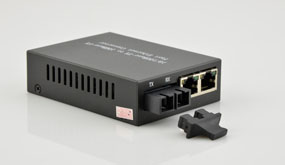 Fiber to RJ45 Converters Fiber to RJ45 Converters |
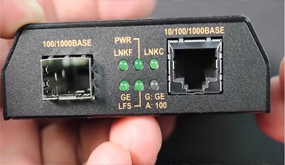 SFP Ethernet Converters SFP Ethernet Converters |
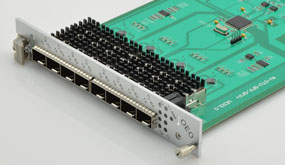 OEO Converters OEO Converters |
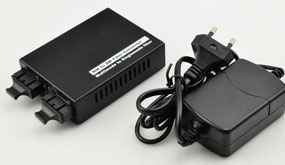 Mode Converters Mode Converters |
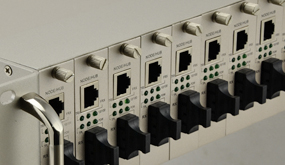 Managed Ethernet Converters Managed Ethernet Converters |
 Power over Ethernet Products Power over Ethernet Products |
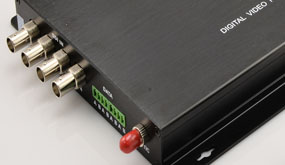 Fiber Video Converters Fiber Video Converters |
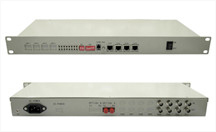 PDH E1 & Serial Converters PDH E1 & Serial Converters |

